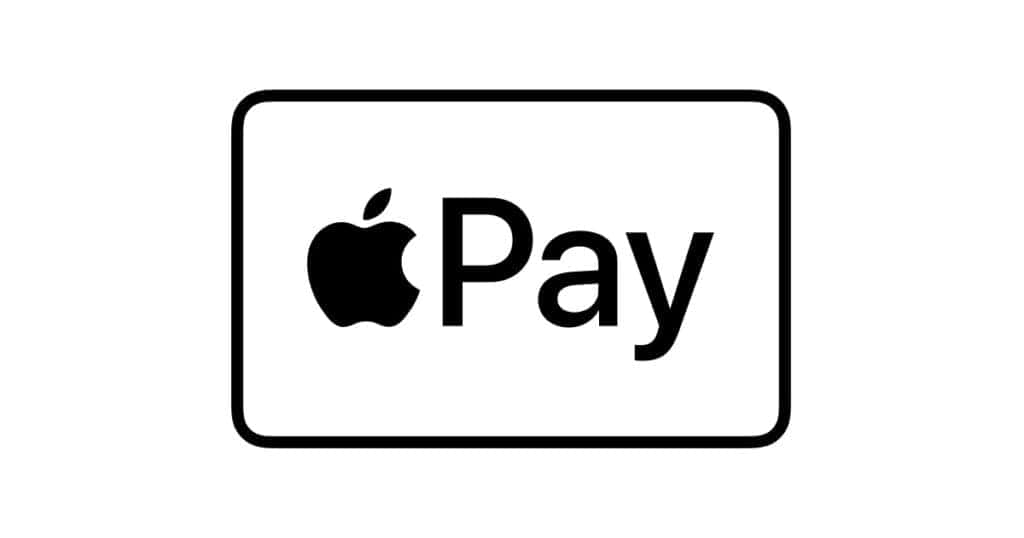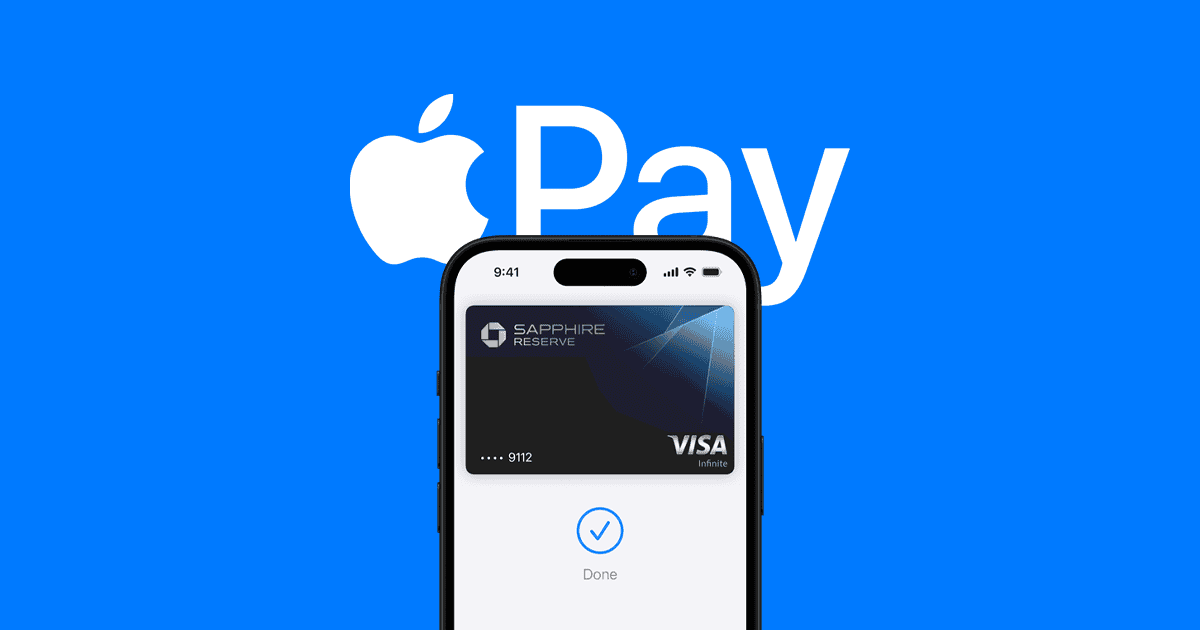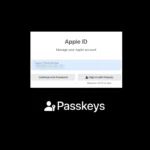Apple Pay users faced major problems on Friday, May 16, 2025, when the payment service stopped working across the United States. Many people couldn’t make purchases or access their Apple Cash, leaving them frustrated at stores and online checkout pages. Apple’s popular payment service experienced a widespread outage that began around mid-morning, affecting thousands of users who reported “account services unavailable” notices when attempting transactions.
The outage reports peaked on tracking websites like DownDetector, with users from various regions sharing their experiences on social media. While Apple’s official system status page initially didn’t reflect the problem, the company later acknowledged the issue. By midday, the reports started decreasing, suggesting that Apple was gradually restoring the service for customers.
Outage Details and User Impact
The disruption, which began on the morning of Friday, May 16, affected a broad spectrum of Apple’s payment-related services, extending beyond just Apple Pay. Users globally reported issues with Apple Pay, Apple Cash, Apple Card, and the Wallet application itself. The initial signs of trouble surfaced around 8:00 a.m. Pacific Time, with reports rapidly escalating on outage-tracking platforms like Down Detector. At its peak, nearly 3,000 individual reports flooded in, painting a clear picture of widespread service interruption.
The incident left many users scrambling, unable to complete essential transactions. From daily coffee runs to ride-hailing services like Uber and Lyft, which often depend on seamless digital payments, routine activities were unexpectedly hampered. Social media platforms, particularly X (formerly Twitter) and Reddit, quickly became a hub for frustrated users sharing their experiences of failed transactions and inaccessibility to their digital wallets.

Timeline of Disruption (Pacific Time)
| Time (Approx.) | Event Description | Affected Services |
| 8:00 AM | Initial user reports of transaction failures begin. | Apple Pay, Apple Cash, Apple Card, Wallet |
| 9:00 AM | Reports surge on outage tracking sites. | All payment-related services |
| 9:49 AM | Apple’s System Status page acknowledges “some users may be experiencing issues.” | Apple Pay, Apple Cash, Apple Card, Wallet |
| 10:45 AM | Apple Cash and Apple Card services begin to stabilize. | Primarily Apple Pay and Wallet still impacted |
| 11:11 AM | Apple reports all affected services restored. | All services listed as “Resolved Issue” |
User Frustration Highlights
The outage underscored the deep reliance many individuals place on digital payment systems. For those accustomed to the convenience of tap-to-pay or swift online transactions, the sudden unavailability of Apple Pay was more than a minor inconvenience; it was a significant disruption to their day. Examples of reported issues included:
- Point-of-Sale Failures: Shoppers at retail stores found their attempts to pay with Apple Pay unsuccessful, leading to delays and the need for alternative payment methods.
- App-Based Service Interruptions: Users of ride-sharing, food delivery, and other apps linked to Apple Pay reported being unable to finalize bookings or orders.
- Peer-to-Peer Payment Issues: Apple Cash users experienced difficulties sending or receiving money, impacting personal transfers.
While the outage primarily impacted the ability to conduct transactions, it also highlighted a broader point about digital financial infrastructure. The incident serves as a stark reminder of the importance of having backup payment options and not solely relying on a single digital platform.
Apple’s Response and Resolution
Apple was relatively quick to update its System Status page once reports became widespread, shifting from an initial “All Systems Operational” to acknowledging issues across its payment ecosystem. While specific details about the root cause of the outage remain undisclosed by Apple, the company steadily updated its status page as services progressively came back online. By mid-morning Pacific Time, most payment functionalities were reported as restored, though some users noted sporadic lingering issues even after the official “resolution.”
The swift restoration, while commendable, still leaves questions regarding the cause of the disruption. As digital payment adoption continues its rapid growth, the stability and resilience of these critical systems become paramount. Incidents like this global Apple Pay outage reinforce the ongoing need for robust infrastructure and transparent communication from service providers.
Key Takeaways
- Apple Pay and Apple Cash services stopped working nationwide on May 16, 2025, preventing users from making payments.
- Thousands of users reported receiving “account services unavailable” messages during the outage.
- Services began returning to normal by midday as Apple worked to fix the technical problems.
Details of the Apple Pay Global Outage
Apple Pay users worldwide faced significant disruptions on Friday, May 16, 2025, as the popular payment service experienced a major technical failure. The outage affected multiple services and left many customers unable to complete transactions at a critical time.
Timeline of the Disruption
The Apple Pay outage began early Friday morning around 9:30 AM ET when users first started reporting issues making purchases. By 10:00 AM, complaint volumes had spiked dramatically on monitoring platforms.
Initial reports came primarily from the East Coast of the United States, but within 30 minutes, users across Europe and Asia were also reporting failures. By 11:15 AM, thousands of users worldwide were experiencing problems.
Apple acknowledged the issue at approximately 11:45 AM through their system status page, listing multiple payment services as “temporarily unavailable.” The company began implementing fixes around 2:30 PM, with gradual service restoration occurring over the next few hours.
Affected Services and Regions
The outage impacted several key Apple payment products:
- Apple Pay: Users couldn’t complete card transactions in stores, apps, or websites
- Apple Cash: Person-to-person payments failed to process
- Apple Card: Some card services showed “account services unavailable” errors
Users across North America were hit hardest, with particularly high outage reports in major cities like New York, Chicago, and Los Angeles. European markets, especially the UK and Germany, also saw widespread disruptions to Visa card payments through Apple Pay.
Many retailers had to switch to alternative payment methods, causing checkout delays and lost sales during the busy shopping period.
Duration and Extent of the Outage
The Apple Pay service disruption lasted approximately 7 hours in total. Services began showing signs of recovery around 4:30 PM ET, with full restoration achieved by 6:00 PM.
During peak outage hours, Downdetector reported over 45,000 problem reports. This represents one of the most significant Apple Pay disruptions since the service launched.
Technical analysis suggests the outage stemmed from authentication server failures rather than issues with banking partners or card networks. Apple’s quick response helped limit what could have been a more extended service interruption.
By evening, Apple’s system status page had updated to show “All services are operating normally” though some users continued reporting sporadic issues into the night as systems fully stabilized.
Causes and Restoration of Apple Pay Services
The May 16, 2025 Apple Pay outage stemmed from complex technical issues affecting payment processing systems worldwide. Apple worked with various partners to identify, address, and restore services within hours of the initial reports.
Technical Causes and Cybersecurity Considerations
The outage originated from a server-side authentication problem in Apple’s payment processing infrastructure. When users attempted transactions, the system failed to properly verify payment credentials, causing widespread rejection of payment attempts.
Apple engineers identified a critical bug in their latest security update that conflicted with existing payment protocols. This conflict created verification failures between Apple’s systems and banking networks.
Cybersecurity experts noted the outage wasn’t related to any malicious activity but rather to an internal technical issue. Apple quickly deployed specialized teams to analyze log files and isolate the problem.
The company implemented an emergency patch to fix the authentication error without compromising the security features that protect user data during transactions.
Involvement of CrowdStrike and Third Parties
CrowdStrike, a major cybersecurity partner for Apple, played a key role in verifying that the outage wasn’t security-related. Their rapid analysis helped rule out potential breaches or attacks.
Apple’s technical team collaborated with CrowdStrike specialists to run diagnostic tests across the payment infrastructure. These tests confirmed no unauthorized access had occurred during the service disruption.
Third-party payment processors also joined the troubleshooting effort. They provided valuable data about failed transaction patterns that helped pinpoint exactly where in the authentication chain the breakdown was happening.
Cloud service providers worked alongside Apple to ensure adequate server capacity was available during the restoration process, preventing secondary outages as users returned to the service.
Response from Payment Partners
Visa and other payment networks quickly acknowledged the issues on their status pages. They reassured customers that declined transactions during the outage period wouldn’t affect credit scores or account standings.
Banks sent alerts through their apps to inform customers about alternative payment options. Many temporarily waived certain fees related to emergency cash withdrawals for affected customers.
Payment processors implemented temporary workarounds to help merchants complete transactions. These measures included accepting manual card entry when tap-to-pay features weren’t working.
Financial institutions created special customer service teams to handle the surge in support requests. They prioritized helping users who were stranded without payment options during essential purchases.
User Impact and Communication Channels
Thousands of users reported issues across social media platforms. Many expressed frustration about being unable to complete purchases at grocery stores, gas stations, and restaurants.
Apple utilized multiple communication channels during the crisis. They posted regular updates on their System Status page and sent push notifications through the Wallet app.
Customer support teams provided troubleshooting steps through Yahoo Finance forums and Apple’s discussion boards. They created a special FAQ page addressing common questions about the outage.
Apple offered affected users a small service credit as a goodwill gesture. The company also published a detailed post-incident report explaining the technical issues and outlining steps taken to prevent similar problems in the future.
Frequently Asked Questions
The recent Apple Pay outage has raised several questions about service status, troubleshooting, and communication channels. These practical tips can help users navigate similar situations in the future.
What steps should be taken to verify the current status of Apple Pay services?
The most reliable way to check Apple Pay’s status is through Apple’s official System Status page. This page shows all Apple services and whether they’re working normally.
You can visit the Apple System Status page to see if Apple Pay or other services are experiencing problems. Green dots indicate normal operation, while yellow or red symbols show issues.
Apple also updates their social media accounts with major outage information, especially on Twitter/X.
How can I check if there are any ongoing issues with Apple services as of today?
The quickest method is checking Apple’s System Status webpage. This official tool displays real-time information about all Apple services.
Another helpful approach is searching for “Apple Pay down” or “Apple Pay outage” on social media platforms. Many users report problems there before official acknowledgment.
Tech news sites and Apple-focused blogs often post breaking news about widespread service disruptions.
What are the common troubleshooting methods for Apple Pay issues?
Restarting your device often fixes many Apple Pay problems. Simply power off your iPhone or Apple Watch and turn it back on.
Signing out of your Apple ID and signing back in can resolve authentication issues that prevent Apple Pay from working properly.
Check your internet connection, as Apple Pay requires a working data connection to validate transactions. Switch between Wi-Fi and cellular data if one isn’t working.
Make sure your payment cards haven’t expired and that your billing information is current in the Wallet app.
How can users report a problem when experiencing an outage with Apple Pay?
Contact Apple Support directly through the Support app on your iPhone or by visiting Apple’s support website. Their team can document your specific issue.
Use the feedback form on Apple’s website to report problems. This helps their engineers identify patterns in reported issues.
For in-store transaction problems, inform the merchant and ask if they’re aware of any Apple Pay issues on their end.
What is the expected time frame for restoring Apple Pay services during an outage?
Minor outages typically resolve within 1-3 hours. During the recent outage on May 16, 2025, users reported issues that lasted several hours.
Major system failures might take 4-24 hours to fix completely. Apple’s engineering teams prioritize payment services due to their importance.
Apple rarely provides exact restoration timeframes during outages, as technical problems can be unpredictable.
Where can updates be found regarding the status of Apple Pay functionality?
The Apple Support Twitter/X account regularly posts updates about service disruptions and restorations.
Apple’s System Status page shows real-time information and is updated as services are restored.
For major outages, Apple may send push notifications through the Wallet app or display alerts when you attempt to use affected services.







